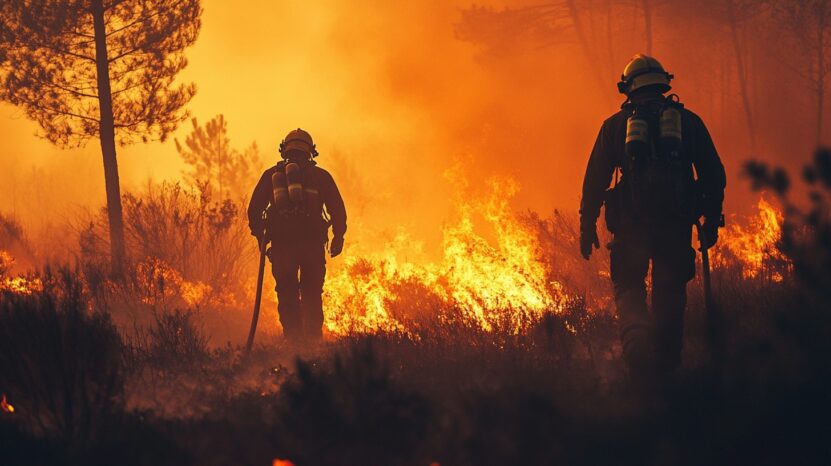Wildfires are increasingly becoming a global concern, affecting vast areas across different continents.
The growing prevalence and intensity of these fires have been linked to climate change, shifts in land use, and other human activities.
This article explores five regions heavily impacted by wildfires: Boreal forests, the Mediterranean, the Amazon, California, and the European Union, highlighting the causes and consequences of fires in each.
1. Boreal Forests
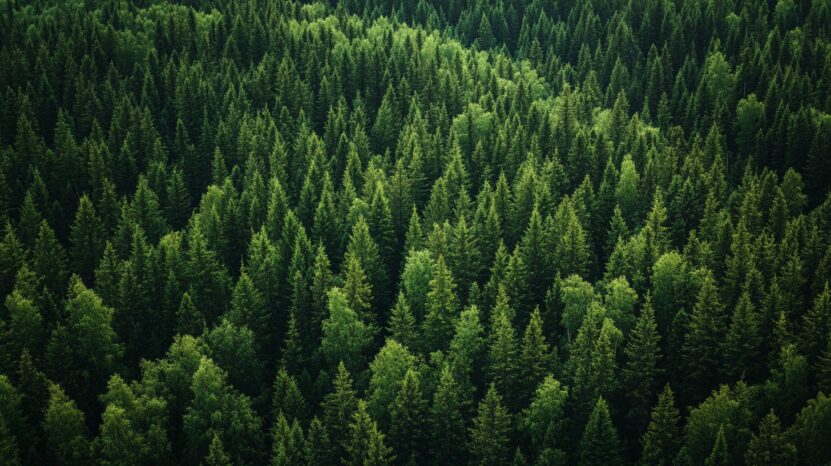
Boreal forests, also known as taiga, stretch across vast regions in the Northern Hemisphere, including
- Russia
- Canada
- Alaska
These forests have faced an alarming increase in wildfires, driven largely by the impacts of climate change.
The fire season, which typically lasts for a few months, is now extended, creating drier conditions that allow fires to ignite more easily and spread more rapidly.
- Rising global temperatures have extended the fire season, reducing the amount of moisture in the air and soil.
- Warmer temperatures combined with reduced rainfall have dried out vegetation, providing ample fuel for wildfires.
- Logging, mining, and oil extraction have also contributed to increased fire risks.
Record-breaking Fires
Russia has been particularly hard-hit by wildfires in its boreal forests. In 2021, the country experienced unprecedented levels of forest fires, with over 18 million hectares burned. This not only caused extensive damage to the environment but also threatened the livelihoods of many local communities.
Canada has also seen a significant uptick in wildfires, with the 2023 fire season being one of the worst on record, where millions of hectares were scorched.
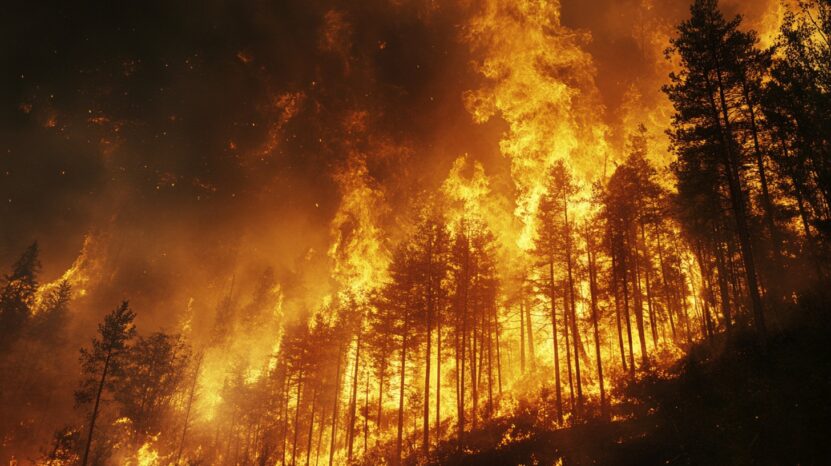
Carbon Emissions and Global Impact
Boreal forests store massive amounts of carbon in their trees and soil.
When wildfires burn through these forests, this carbon is released into the atmosphere, contributing to the acceleration of global warming.
- Fires release stored carbon, which contributes to higher global temperatures.
- Higher temperatures dry out more forests, making future wildfires even more likely.
Biodiversity at Risk
- Moose
- Wolvest
- Lynx
- Migratory birds
Wildfires can devastate these ecosystems, destroying habitats and threatening the survival of species that rely on these forests.
The loss of biodiversity in boreal regions is a growing concern, as these ecosystems are essential for maintaining global ecological balance.
2. Mediterranean Region
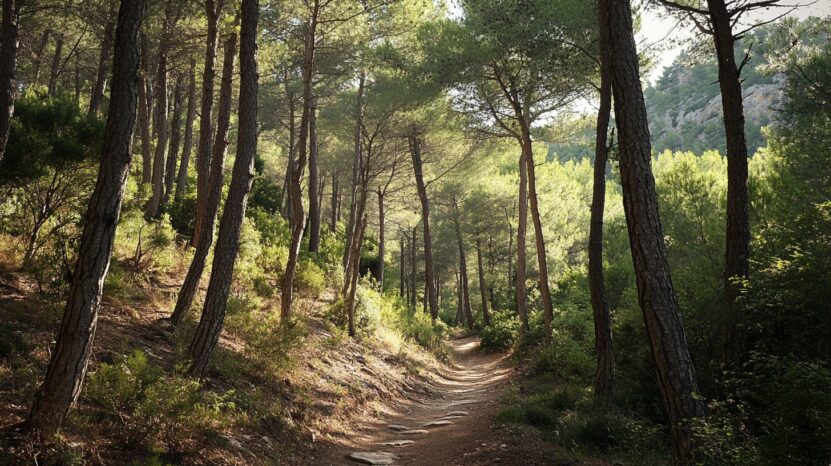
The Mediterranean region, known for its warm climate and picturesque landscapes, has increasingly become a hotspot for wildfires in recent years.
Countries like Greece, Spain, and Italy are particularly vulnerable to these devastating events.
Wildfires in this region have transformed from occasional natural disasters into annual threats, affecting urban areas and vast natural ecosystems.
Factors Contributing to Increased Wildfires
- Rising global temperatures have led to longer, more intense heatwaves across Southern Europe.
- Repeated droughts have become a defining feature of the Mediterranean climate in recent years.
- Rural depopulation in countries like Greece, Spain, and Italy has led to large areas of abandoned agricultural land.
- As urban areas expand into previously forested regions, the risk of wildfires affecting human settlements increases.
2023: A Devastating Year for Greece
In 2023, Greece faced one of the worst wildfire seasons in its history, with thousands of residents displaced and large areas of land scorched.
The fires were so widespread that they prompted international assistance, with several countries sending firefighting aircraft and personnel to help control the blazes.
Some of the fires burned near urban areas, forcing emergency evacuations and causing significant disruption to everyday life.
- One of the largest fires recorded in Greece in 2023 burned over 96,000 hectares of land.
- Thousands of people were forced to flee their homes, and many suffered
3. Amazon Rainforest

The Amazon Rainforest, often called the “lungs of the Earth” due to its immense capacity to absorb carbon dioxide and produce oxygen, has become a focal point in discussions about climate change and environmental destruction.
The Amazon has been increasingly ravaged by wildfires, a trend that is particularly alarming because fires are not a natural occurrence in this unique ecosystem.
Unlike regions such as the boreal forests, where fire can play a natural role in regeneration, the Amazon’s fires are almost entirely the result of human activities.
- Large areas of the Amazon are being cleared for agriculture, logging, and cattle ranching.
- Fires are often set intentionally to clear land quickly, but these blazes frequently spiral out of control, spreading into surrounding forests.
- Illegal logging operations further exacerbate the problem, as deforested areas are more susceptible to fires.
The Amazon at a Tipping Point
One of the most concerning issues regarding the Amazon is that it is approaching a tipping point where it could cease to function as a net carbon sink and instead become a net carbon source.
The Amazon currently absorbs large amounts of carbon dioxide from the atmosphere, helping to offset emissions from other parts of the world.
However, the combination of deforestation, wildfires, and climate change is threatening this critical balance.
- As fires ravage the Amazon, they release vast amounts of carbon stored in trees and soil.
- It would significantly accelerate global warming, making it harder to achieve international climate targets.
4. California and the Western United States

The western United States, particularly California, has become synonymous with wildfires in recent years. The combination of climate change, prolonged droughts, and increased human activity has created the perfect storm for frequent and devastating wildfires.
Their impact on both the environment and human settlements has grown exponentially.
Climate Change and Drought Conditions
One of the primary drivers of wildfires in California and the Western U.S. is climate change.
Rising global temperatures have led to prolonged droughts, which dry out vegetation and turn forests into highly flammable tinderboxes.
The region’s Mediterranean-like climate, with hot, dry summers and mild winters, exacerbates these conditions, making it easier for fires to ignite and spread rapidly.
- Climate change has raised average temperatures across California and other western states.
- The Western U.S. has experienced a persistent drought over the past decade, significantly reducing moisture levels in vegetation.
- Another climate-related factor is the shrinking snowpack in the Sierra Nevada mountains.
5. European Union
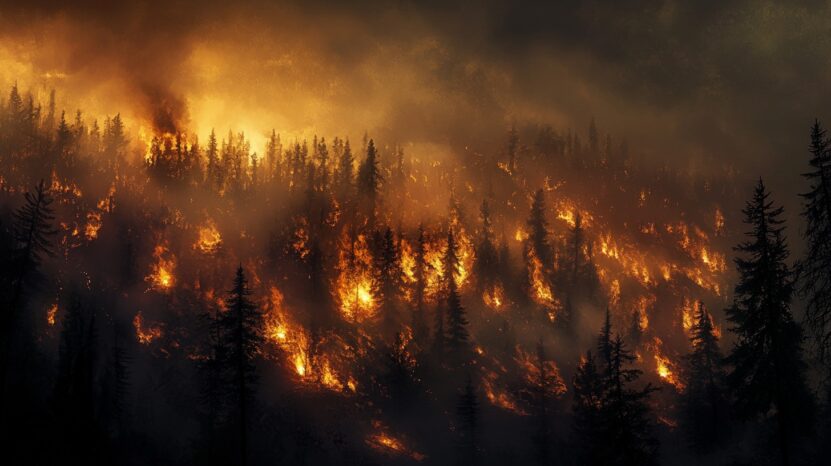
The European Union (EU) has been grappling with an alarming rise in wildfires, especially in its southern and central regions.
Mediterranean countries such as Greece, Spain, and Italy have borne the brunt of these fires, which have become increasingly frequent and severe.
Factors Contributing to Increased Wildfires in the EU
- Rising global temperatures have exacerbated heatwaves and droughts across Europe, creating drier conditions that are highly conducive to wildfires.
- Southern and central Europe have been experiencing recurring droughts, which dry out vegetation and soil.
- The abandonment of rural and agricultural land in many parts of Europe has contributed to the accumulation of dry, combustible vegetation.
- The influx of tourists during the summer months, combined with the expansion of urban areas into forested regions.
The Bottom Line
Wildfires are becoming more severe and widespread across the globe, affecting a variety of regions with devastating consequences.
To mitigate the damage, it is crucial to address climate change and implement more effective forest management practices worldwide.

